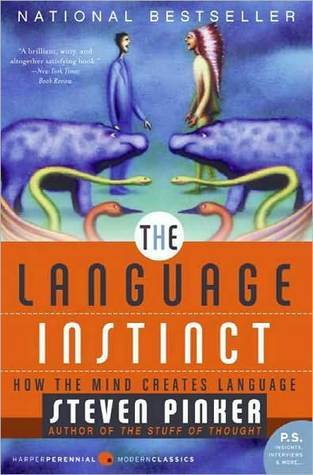But in the fifteenth century English pronunciation underwent a convulsion called the Great Vowel Shift. The vowels that had simply been pronounced longer now became “tense”: by advancing the tongue root (the muscles attaching the tongue to the jaw), the tongue becomes tense and humped rather than lax and flat, and the hump narrows the air chamber in the mouth above it, changing the resonances. Also, some tense vowels in modern English, like in bite and brow, are “diphthongs,” two vowels pronounced in quick succession as if they were one: ba-eet, bra-oh.
Welcome back. Just a moment while we sign you in to your Goodreads account.


